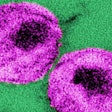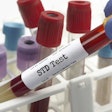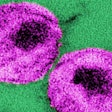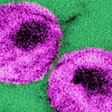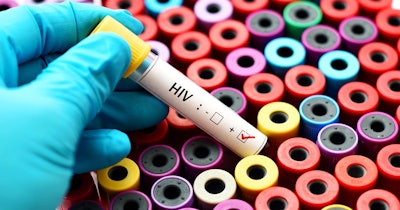
Researchers in Spain have found that targeted testing for human immunodeficiency virus (HIV) in hospital emergency departments holds potential for increasing diagnoses.
They will present their study at the European Congress of Clinical Microbiology & Infectious Diseases (ECCMID), to be held in Copenhagen from April 15 to April 18.
An estimated 20% of infected people globally do not know they have HIV, which attacks the body's immune system and can lead to AIDS if left untreated. While early diagnosis is key to preventing the spread of HIV infection and improving patients’ prognoses, undiagnosed as well as late-diagnosed infections remain common.
Guidelines released in 2021 by the Spanish Emergency Medicine Society (SEMES) recommends HIV testing and specialist referrals for individuals with six conditions or behaviors common in people with HIV: sexually transmitted infections, mononucleosic syndrome, herpes zoster virus, community-acquired pneumonia, "chemsex" or intentional sex under the influence of psychoactive drugs, and HIV post-exposure prophylaxis.
In the new longitudinal study, the researchers hypothesized that screening for HIV in hospital emergency departments could increase the number of diagnoses, as well as detect more cases earlier. They used data from 34 Spanish emergency departments to evaluate HIV testing levels before and after SEMES’ guidance was implemented. The number of HIV tests ordered increased 75%, from 7,080 to 13,436. HIV diagnoses increased 220% -- more than threefold -- from 65 to 224.
There were also significant reductions between emergency room visits and the first appointment with an HIV specialist (30 days versus seven days), as well as the initiation of antiviral treatment (24 days versus 14 days).
To date, 103 hospitals have implemented the recommendations, with 888 new diagnoses in two years. Assuming each diagnosis prevents another two to four cases, 1,756 to 3,512 new cases have been avoided.
Targeted screening is one of two main HIV screening methods; the other is opt-out screening, in which hospitalized adults having blood tests are automatically tested for HIV unless they opt out. Data from 28 hospitals participating in a 2022 project in England showed 250,000 HIV tests carried out, with 128 HIV diagnoses, in the project’s first 100 days. The study researchers note that this kind of universal testing strategy would be difficult to implement in Spain and other places where explicit consent for HIV testing is required; physicians also may be reluctant to order tests unrelated to their patient’s condition.
In either case, increased HIV diagnosis not only has significant health implications, but is cost-effective. A recent economic assessment of the SEMES strategy calculated that it would prevent 13,615 new infections, potentially saving the healthcare system 4,411 million euros in two decades, with a return of 224 euros per euro invested.
Since for many people the emergency department is their only point of contact with the healthcare system, “The role that emergency departments can play in HIV detection is pivotal and must be recognized and promoted, whatever the strategy,” observed Dr. Juan González del Castillo, head of SEMES’ Infectious Disease Group, in a statement.









